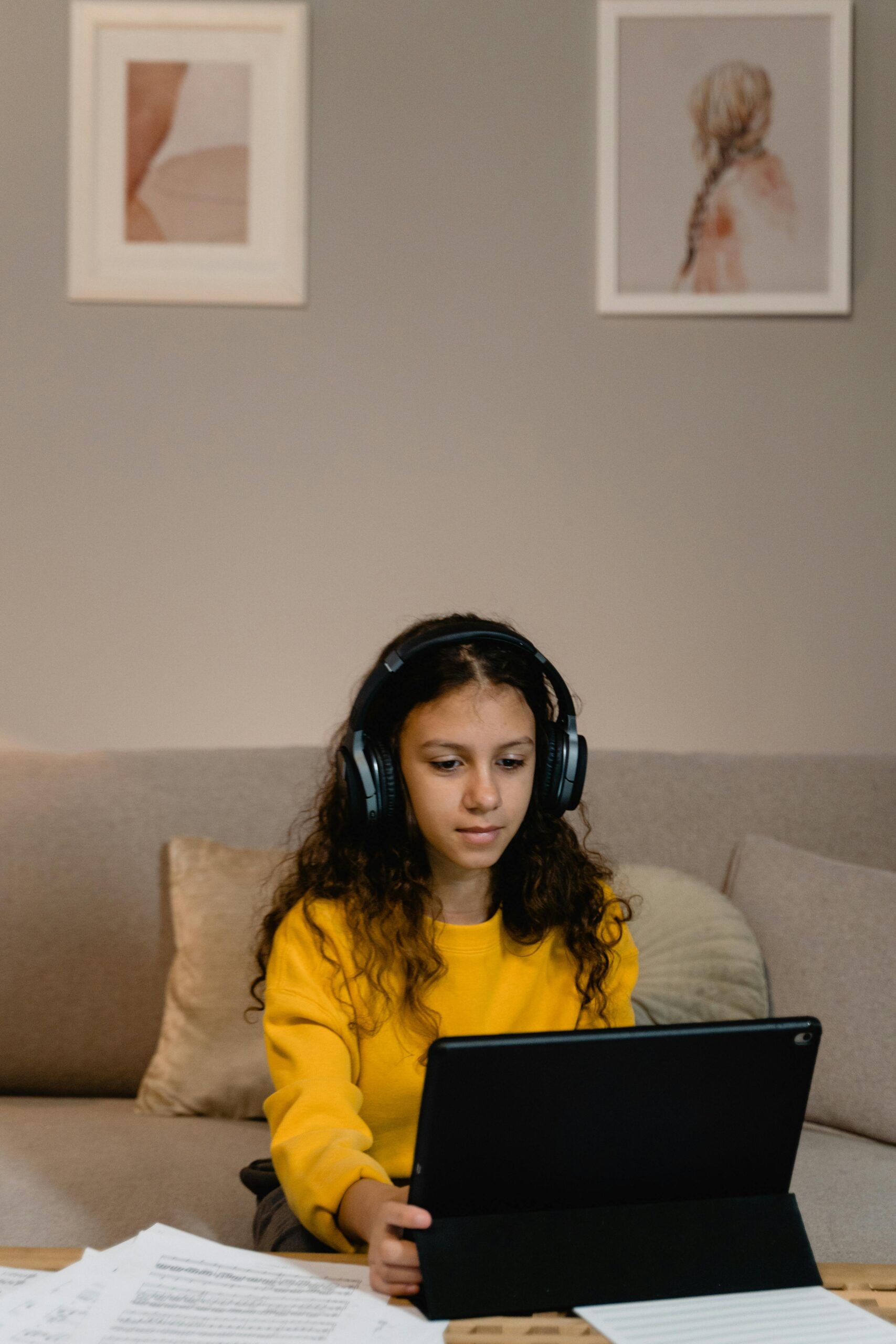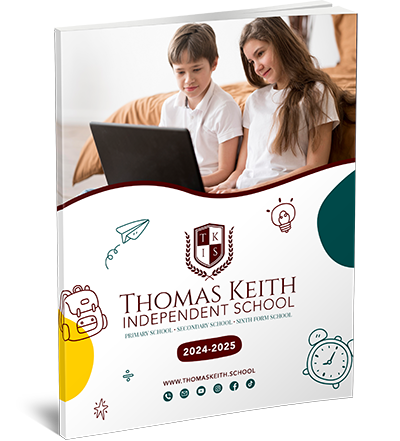
Prepositions KS1
Learning Prepositions KS1
Particularly in the early learning phases of Key Stage 1 (KS1), prepositions KS1 are essential to the English language. Small words like “in,” “on,” “under,” and “beside” may seem straightforward, but they aid young students in comprehending time, space, and how people and things interact in their environment. Prepositions can have slightly distinct uses and nuances in British English, which makes studying them much more pertinent for young children in the UK.
For KS1 students, mastering prepositions is essential to language development and understanding of fundamental sentence construction; it goes beyond simple grammar. This article discusses the value of teaching prepositions to KS1 kids, various approaches and techniques to aid in children’s comprehension and good use of prepositions, and useful examples that parents and teachers can utilise. To demonstrate how prepositions can be used in a variety of learning contexts, we will also make use of independent educational resources such as the Thomas Keith Online Independent School.
Why Do Students Need to Know Prepositions KS1?
The relationship between a noun (or pronoun) and other words in a phrase is indicated by prepositions. Knowing how to use prepositions KS1 helps pupils describe places, directions, time, and object relationships. Children who understand these relationships are better able to communicate and have greater spatial awareness.
Prepositions and Cognitive Development
KS1 is a stage of cognitive development when kids start to comprehend and classify their surroundings. Children are better able to relate concepts to their environment when prepositions like “above,” “under,” and “next to” are used. A kid who discovers, for instance, that a ball is “under the chair” gains new vocabulary as well as spatial awareness, a crucial cognitive ability.
Social and Communication Skills
It is essential to comprehend prepositions to communicate effectively. Consider a young child who is attempting to describe a misplaced toy but is unsure of how to identify where it is. Children acquire the language necessary to communicate more clearly and engage with others by learning prepositions.

How to Introduce Prepositions to KS1 Students
It can be entertaining and interesting to teach prepositions to KS1 pupils. Young children can better understand these ideas by using interactive methods, visual aids, and real-world experiences. The following are some methods for successfully teaching prepositions:
1. Making use of objects and visual aids
Young learners can be effectively introduced to prepositions through the use of visual aids. To illustrate prepositions in action, teachers can utilise items like toys, blocks, or even classroom furniture. For instance, putting a toy “on the table” or “under the chair” gives kids a concrete method to comprehend these terms.
Example Task: Ask students to describe the positions of a tiny toy in several locations. “Where is the teddy?” is one example. “The teddy is on the chair,” the toddler would reply.
2. Including Books and Storytelling
For teaching KS1 prepositions, storybooks that employ prepositional phrases are great resources. Relatable settings can be found in books that depict individuals travelling across space or interacting with their surroundings. Children naturally learn these prepositions as they read about characters travelling “through the forest” or “into the house.”
Example Book: Students can learn how to use prepositions to tell stories by reading books like We’re Going on a Bear Hunt, which are full of them.
3. Role-playing and Interactive Games
In KS1, games and role-playing activities are excellent methods to emphasise prepositions. Prepositional words like “Put your hands above your head” or “Stand next to your friend” can be added to games like “Simon Says.” Prepositions can also be introduced organically through role-playing situations, such as establishing a post office or little store.
Example Game: “Treasure Hunt” is a fun exercise where kids use prepositional clues to uncover hidden treasures by searching for objects “under the table,” “inside the box,” or “behind the door.”
4. Making Use of Online Resources and Technology
Grammar abilities, including prepositions, can be reinforced through interactive and digital learning tools offered by online resources, such as those offered by organisations like Thomas Keith Online Independent School. These websites frequently offer animated exercises, games, and tests that make learning prepositions engaging and enjoyable.
Common Preposition Examples for KS1
Prepositions used at the KS1 level in British English are simple yet serve a variety of purposes. For KS1 pupils, the following prepositions are among the most often used:
Words like “in,” “on,” “under,” “beside,” “behind,” “between,” “near,” and “inside” are examples of location prepositions. They aid in describing the location of a person or thing about others.
Time Prepositions: Phrases like “before,” “after,” and “during” denote the time at which an event occurs. Despite being more abstract, these prepositions are crucial for teaching kids about time and sequence.
Guidance Prepositions: Prepositions that convey movement and direction include “to,” “from,” and “towards.” They are essential for following directions and comprehending action sequences.
Prepositions KS1 Example Sentences
“The cat is under the chair” is the location. “Set the book down on the desk.”
Time: “After lunch, we’re going to the park.” / “Class begins before nine o’clock.”
“Walk towards the door” is the instruction. “She fled the playground,”
![]()
Enhancing Learning with Independent Schools and Resources
For instance, the structured curriculum offered by Thomas Keith Online Independent School can include interactive grammar classes that concentrate on prepositions. A more individualised approach to teaching grammar in KS1 is made possible by independent schools’ frequent ability to incorporate unique learning modules that accommodate various learning preferences.
How Prepositions KS1 Are Integrated at Thomas Keith Online Independent School?
Thomas Keith and other independent schools frequently employ blended learning, which combines interactive lessons with Internet resources. With this method, kids can practise prepositions in an organised way through games, storytelling, and hands-on activities.
How Parents Can Help Their Children Learn Prepositions at Home
Outside of the classroom, parents are essential in helping children practise language skills, such as prepositions. Parents can assist their children in practising prepositions at home in the following ways:
Use Common Circumstances: Discuss prepositions in the course of your everyday activities. For example, instruct your youngster to put their cup “on the table” or their shoes “under the bed.”
Encourage Your Child to Draw and Label: Ask them to sketch a scenario, like a room, and use prepositions to label objects. Both vocabulary and spatial awareness are strengthened by this exercise.
Engage in Interactive Games: Learning prepositions can be enjoyable when done through simple games like hide-and-seek, in which the child must describe where they hid.
Read aloud: Pick novels that make frequent use of prepositions, and as you read, talk about the words. Prepositions are best learned by children when they are exposed to them in context as opposed to alone.
Typical Obstacles in KS1 Preposition Learning
Despite being essential, prepositions can be difficult for younger students to understand because of their abstract character. Here are some typical challenges faced by KS1 students and strategies for overcoming them:
Confusion Between Similar Prepositions: Children may have trouble understanding words like “in” and “on.” Physical displays can help make these distinctions clear.
Comprehending Abstract Time Prepositions: For KS1 students, terms like “before” and “after” might not have concrete meanings. These ideas can be reinforced by practising routines (e.g., “We wash our hands before eating”).
Overgeneralisation: Kids may consistently use the same preposition in diverse contexts, such as “on” rather than “in.” Reinforcing proper usage requires constant practice and gentle reprimand.
In conclusion
Prepositions are a minor but crucial component of language that KS1 pupils need to learn to communicate clearly and comprehend the world more fully. Prepositions help young learners develop the foundation of sentence structure and meaningful expression by helping them understand concepts such as time and object location. Teachers and parents may provide a positive learning environment where kids can confidently understand prepositions by utilising interactive teaching techniques, real-world applications, and resources like those offered by Thomas Keith Online Independent School.
FAQs for Prepositions KS1 Teaching
Q1: At what age should kids begin studying prepositions?
Although prepositions can be taught as early as nursery school, KS1 (ages 5-7) is the best time to begin teaching prepositions formally as part of grammar.
Q2: What simple methods are there for practising prepositions at home?
Prepositional learning can be reinforced with easy exercises like arranging objects in various places (behind the chair, on the table) and explaining their positions.
Q3: Can prepositions be taught effectively using digital resources?
Yes, children can learn prepositions through practice and repetition with the use of digital tools like interactive games and activities.
Q4: Are there any distinctive methods for teaching prepositions KS1 in independent schools?
Thomas Keith and other independent schools Customised grammar courses are frequently provided by online independent schools, which combine traditional instruction with interactive online tasks to improve comprehension.
Q5: Which prepositions are most frequently taught to KS1 students?
In addition to some basic time-related prepositions like “before” and “after,” key prepositions KS1 include “in,” “on,” “under,” “beside,” “between,” and “next to.”
Q6: What is a preposition ks1?
A preposition is a word that shows the relationship between a noun (or pronoun) and other parts of a sentence. It often describes location, time, or direction. For example, “in,” “on,” and “under.”
Q7: Why are prepositions KS1 important?
Prepositions are important because they help children understand and describe relationships between objects, places, and events. Learning prepositions enhances both writing and speaking skills by making sentences clearer and more detailed.
Q8: What are some common prepositions taught in KS1?
Common prepositions include:
- Location: in, on, under, next to, between
- Direction: to, into, out of, towards, onto
- Time: before, after, during
Q9: Can you give examples of sentences with prepositions?
- Location: The cat is on the mat.
- Direction: She walked to the park.
- Time: We will play after lunch.
Q10: How can I teach prepositions KS1 to students?
You can teach prepositions using visual aids, such as pictures or objects. For example, use a toy and demonstrate “The toy is on the table” or “The toy is under the chair.” Games, songs, and actions can also make learning prepositions fun.
![]()







